Giving to charity can be a very satisfying experience. The idea of sharing with those less fortunate than you or contributing to nonprofits that champion worthy causes can trigger many good feelings in yourself and have a positive impact in your community and around the world. By using some of the following strategies, you can ensure that your gift goes further and is able to fulfill the purpose you set for your donation.
Double Stacking Your Donations
With the increase in the standard deduction as part of the Tax Cuts and Jobs Act of 2017, it has become less customary for taxpayers to itemize their deductions. While this has led to less taxation for some individuals, it has also meant that some folks who previously itemized can no longer do so. One strategy to consider is to double stack your contributions; that is, to make two years’ worth of donations in a single year in order to achieve the tax benefit of itemizing. When it comes time to file your taxes, you will be able to itemize your deductions. In the following year, you make no charitable contributions to the selected charity (perhaps giving the charity a heads-up that this is your plan to avoid confusion), and take the standard tax deduction. This pattern of itemizing one year, then utilizing the standard deduction the following year, could be repeated several times.
Qualified Charitable Distribution (QCD)
The Qualified Charitable Distribution (QCD) strategy is only for those individuals who have reached age 70.5. The original purpose of the QCD was to allow individuals who had a Required Minimum Distribution (RMD) to satisfy that obligation with a QCD.
When the RMD age was moved to 73, the QCD became more valuable to prudent tax planners and tax-conscious givers. This provision allows you to make a distribution from your IRA accounts directly to a charity. Normally that type of distribution would be 100% taxable to you, but since it is going directly to a charity, no tax is owed. This is a huge benefit for those with large IRA balances and a large pending RMD coming for them in the future, as it can lower your Adjusted Gross Income (AGI). The QCD strategy can be a win-win for you and the charity.
Donor-Advised Fund (DAF)
The Donor-Advised Fund (DAF) strategy is best for those with a stock, Exchange-Traded Fund (ETF), or mutual fund with a great deal of unrealized capital gains. If you have held a security for a long period of time, chances are good it has gone up significantly in value.
The DAF is a specific type of account that is itself a charity. Your appreciated stock or fund can be donated to the DAF account. The stock is sold inside the DAF, and the long-term capital gain is realized by the charity, which pays no federal taxes. Your donation is considered at the current value of the stock when it was donated, clearly a win-win for you and the charity.
You can implement some or all of these strategies on your own, but sometimes it makes sense to work with a like-minded financial advisor who can help you understand how all of these strategies work and who can analyze what will work best for your specific financial situation.
Financial Enhancement Group is an SEC Registered Investment Advisor. Securities offered through World Equity Group, Inc. Member FINRA/SIPC. Advisory services can be provided by Financial Enhancement Group (FEG) or World Equity Group. FEG and World Equity Group are separately owned and operated.



